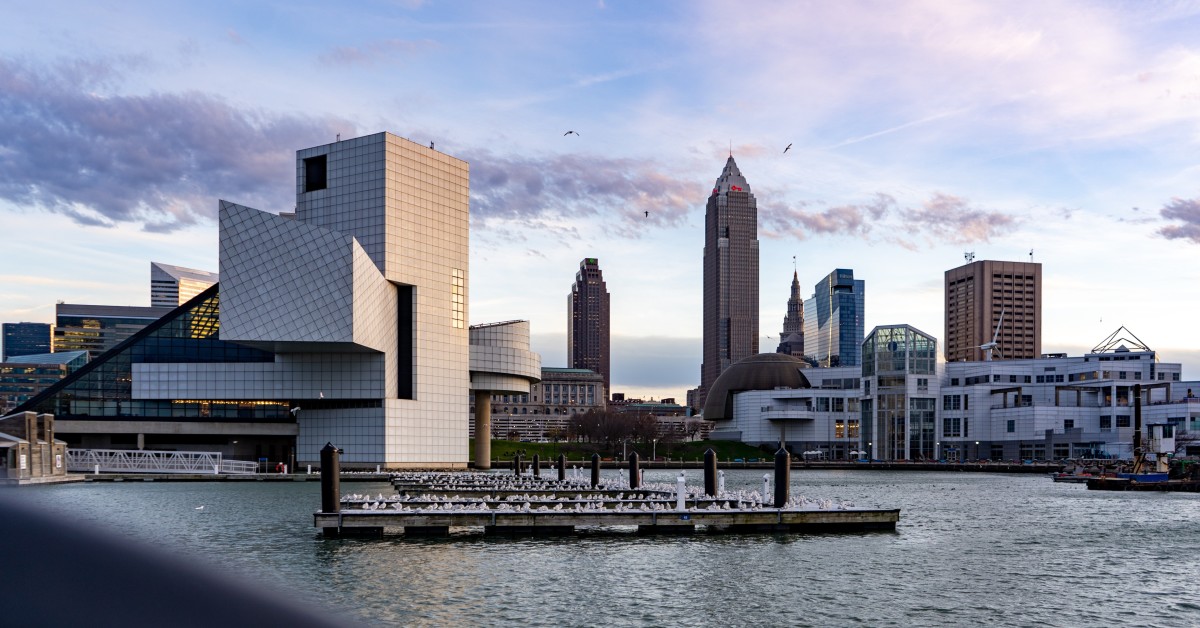
Types of Funding for Startups
Did you know that the governments provide significant funding for [...]

There are many good reasons to become a pharmacist, not the least of which is the excellent pay. Pharmacists in drugstores and other retail settings earn around $128,000 annually on average, while those working in hospitals and ambulatory care services are paid a little more—$130,000 to $132,000. And while most pharmacists work full-time, plenty of positions are available for part-timers with a median hourly rate of about $62 per hour.
Pharmacists’ work days are varied. In addition to filling prescriptions, pharmacists help patients with everything from providing info about drug side effects, drug therapies, and dosages to offering asthma care, blood pressure monitoring, cholesterol screening, diabetes management, administering vaccinations, and performing bone density scans for osteoporosis screening.
However, the US Bureau of Labor Statistics (BLS) isn’t projecting a robust future for all school of pharmacy graduates. The BLS predicts a 2 percent decline in pharmacy jobs over the next decade—though the forecast for this field isn’t quite as dire as it seems. Much of the reduced demand for pharmacists will be in large drugstore chains, and even there the news isn’t all negative. After all, these stores will need to fill 11,300 jobs each year due to retirements and attrition.
Part of the reason that fewer chain store pharmacists will be needed is that more people are skipping the lines at their local drugstore and having their prescriptions delivered to their mailbox from online pharmacies, a trend that seems unlikely to reverse. This shift in consumer habits fits into a tightening pattern: mail-order prescriptions trend up, large chain retail pharmacies close more locations to consolidate, and consumers find it more convenient to explore online options rather than travel further and wait longer at their community pharmacy.
Employees in those retail settings have also seen a shift in their duties. Pharmacy technicians are now performing some tasks that were previously done by licensed pharmacists—preparing medications, taking patient information, and overseeing the work of other pharmacy techs—and doing the work at a lower pay rate.
All this is squeezing the 42 percent of pharmacists working in drugstores and retail settings like grocery store chains. Fortunately, things are looking much brighter in other sectors of this field. Pharmacist jobs in healthcare settings like hospitals and clinics are projected to increase by about 12 percent over the next decade. For aspiring pharmacy students, this may be the best direction to orient a budding career path in the pharmaceutical industry.
You can embark on this lucrative career path by enrolling in a Doctor of Pharmacy (PharmD) degree program, which enables pharmacy students to explore a range of specialities—and preview possible career paths in pharmacy practice—through clinical rotations.
In this article, we’ll answer the question how long does it take to become a pharmacist, as well as:
If you’ve already earned a bachelor’s degree in a science major like chemistry or biology, studied pre-med, or completed at least two years of undergraduate pre-pharmacy coursework, it will take you four years of full-time study to complete a Doctor of Pharmacy degree program.
Most PharmD degrees hold classes year-round, with coursework beginning in May and running through the following April. Some programs can accommodate an accelerated schedule, but only if a student arrives with a math and science-heavy undergraduate transcript.
As well, you can find pharmacy programs that accept applicants out of high school or with two years of undergraduate study for a six-year PharmD program, but the traditional four-year programs seek candidates who have completed their bachelor’s degree with a solid GPA, completed any prerequisite coursework, and taken the Pharmacy College Admission Test (PCAT) and scored above the 50th percentile (or 70th percentile for highly competitive PharmD programs).
A Doctor of Pharmacy is the professional degree program that prepares students for successful careers as pharmacists. The degree is required to sit for both the North American Pharmacist Licensure Exam (NAPLEX) and the Multistate Pharmacy Jurisprudence Exam (MPJE), which confers state licensing. All PharmD programs in the US are accredited by the Accreditation Council for Pharmacy Education (ACPE).
Admissions requirements for all PharmD programs are similar, but it’s a good idea to contact the admissions department with any specific questions or if you are applying as a transfer student. To be considered for admissions to a PharmD program, you will need to have completed prerequisite undergraduate coursework in science and math. At Butler University, for instance, this includes general chemistry with lab (two semesters), organic chemistry with lab (two semesters), cell biology, microbiology with lab, human anatomy and physiology (two semesters; lab not required), and calculus.
Applicants must submit transcripts, PCAT scores, personal statements, and letters of recommendation to their schools of choice through the standardized Pharmacy College Application Service application process.
A Doctor of Pharmacy program involves four years of professional study—rigorous didactic instruction combined with clinical rotations that emphasize patient care and hands-on experience.
First-year lectures and labs include classes in pharmaceutical science, including pharmacology, medicinal chemistry, and pharmacokinetics, and in biological sciences: biochemistry, genetics, microbiology, and immunology. Coursework also covers pharmacy law, interprofessional education, teamwork, hospital practice, pharmacoeconomics, pharmacy management, and public health.
Pharmacy rotations are a critical component of the PharmD degree training. They typically begin in a student’s second year of study. Clinical rotations are assigned in a variety of practice sites, allowing students to gain experience in specialized settings and in focused specialties like pediatrics, acute care, cardiology, critical care, or oncology with healthcare professional preceptors/mentors. Year Four ends with a capstone project and direct and non-direct patient care electives.
Some students will continue their studies and practical experiences in postgraduate residency programs. This additional practice time can help pharmacy graduates solidify their specialty areas and gain more work experience before embarking on their careers.
Specializations in PharmD programs can be explored through pharmacy rotations and practiced during residencies. Areas of specialization include oncology, pediatrics, geriatrics, emergency medicine, critical care, infectious disease, surgery, neurology, psycho-pharmacy, ambulatory care, nuclear pharmacy, and cardiology.
There are many excellent in-person and online Doctor of Pharmacy programs in the US, including:
Questions or feedback? Email editor@noodle.com

Did you know that the governments provide significant funding for [...]
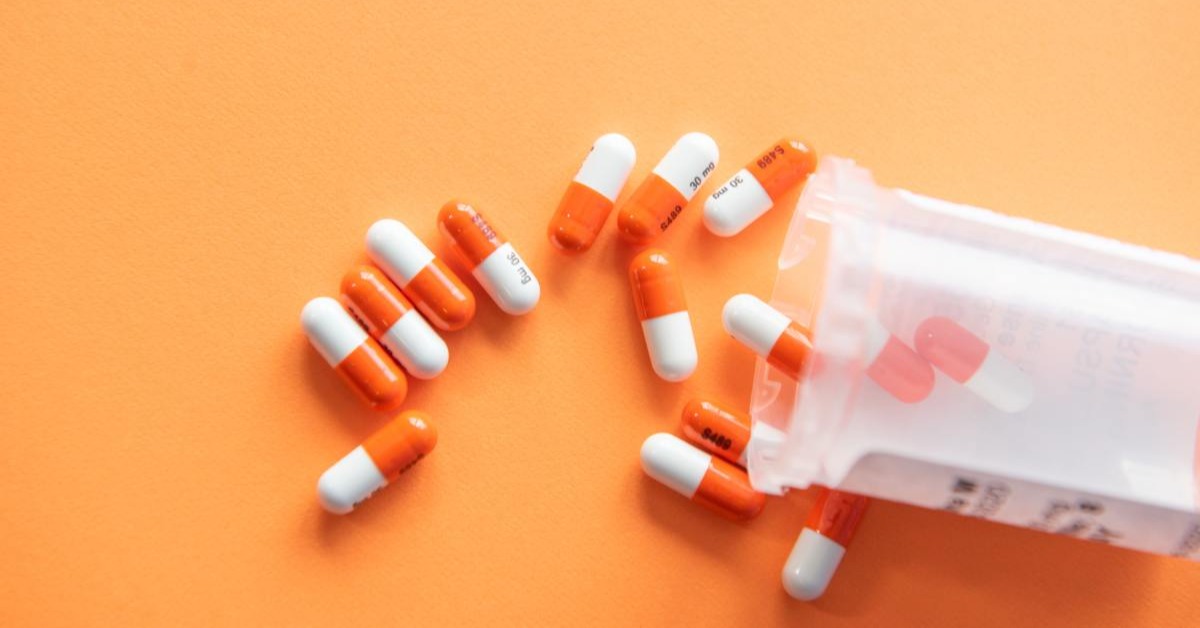
Becoming a pharmacist requires a good deal of schooling: a [...]
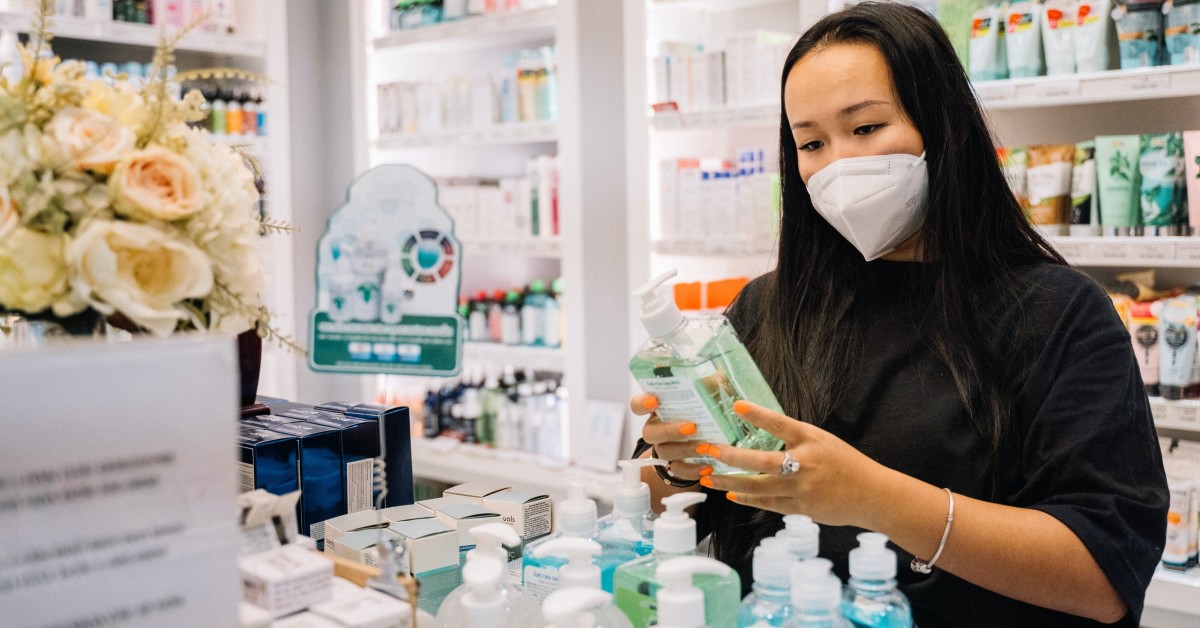
Pharmacy is not only a science; it's also a business. [...]
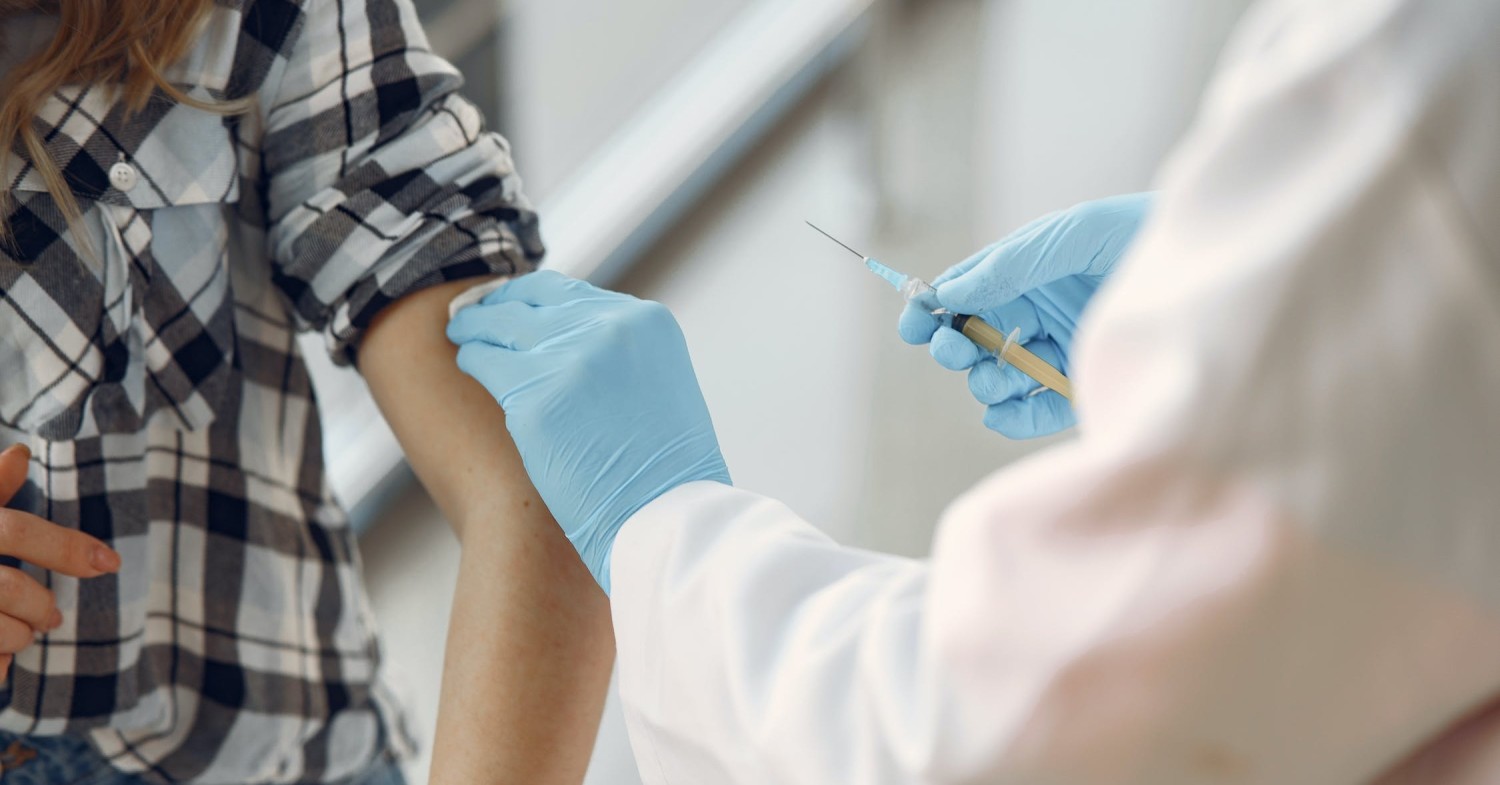
The highest paying pharmacists jobs are in-store pharmacist (average salary: [...]
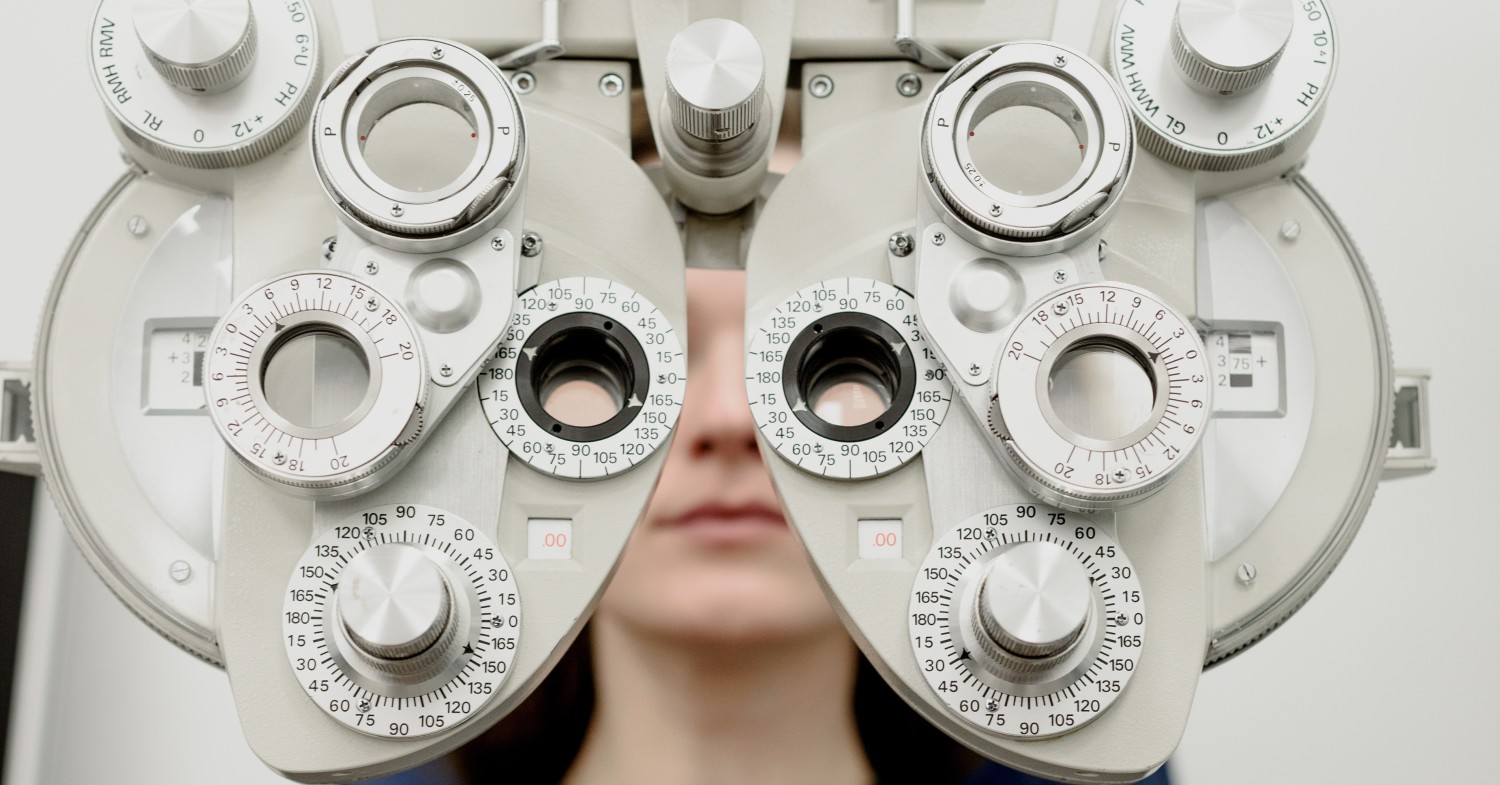
Earning a Doctor of Optometry typically takes four years, although [...]
Categorized as: Medicine, Nursing & Healthcare